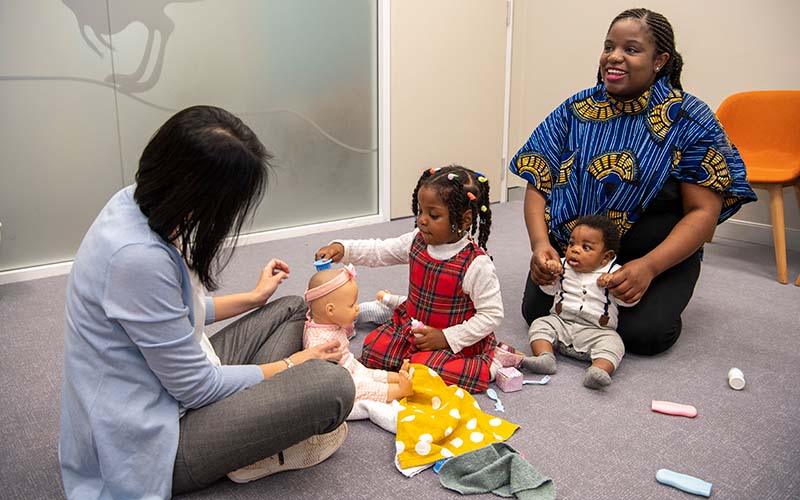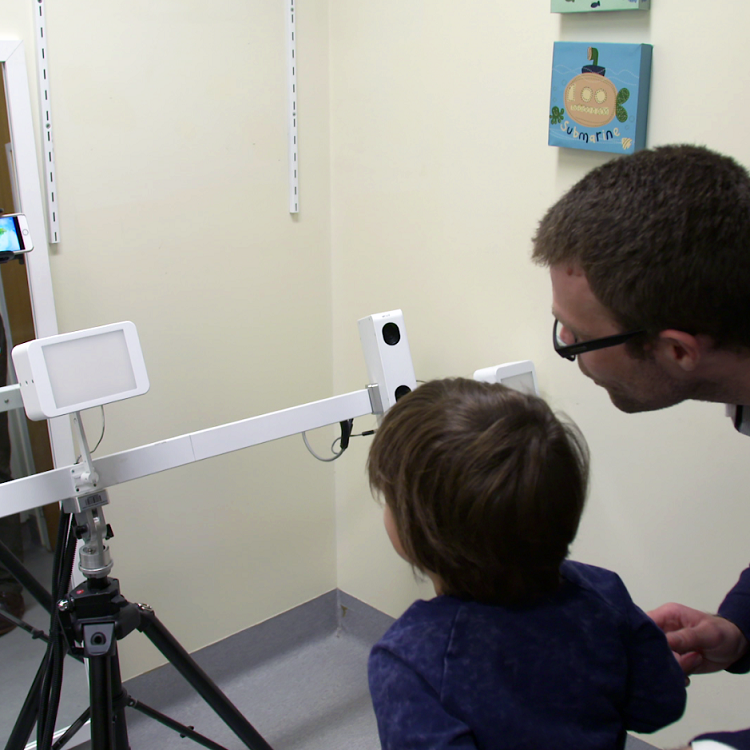Search
Research
Qualitative aspects of developmental language impairment relate to language and literacy outcome in adulthoodDevelopmental language disorder is a heterogeneous diagnostic category. Little research has compared the long-term outcomes of children with different...

The Kids' autism research takes place at CliniKids, a centre that integrates world-class research with a clinical service for children with developmental delay and/or autism and their families.

News & Events
Australia’s first draft national guideline for autism diagnosis releasedAustralia’s first draft national guideline for autism diagnosis has today been released for public consultation.

News & Events
The Kids Research Institute Australia researcher awarded prestigious Eureka awardProfessor Andrew Whitehouse awarded the most prestigious award in the country for young researchers – the 3M Eureka Prize for Emerging Leader in Science.

News & Events
Computer algorithm links facial masculinity to autismA new study led by The Kids Research Institute Australia has found a link between masculine facial features and autism.
Research
Conceptualizing a quality of life framework for girls with Rett syndrome using qualitative methodsExisting quality of life scales for children in the general population or with other disabilities did not capture the QOL of children with Rett syndrome
Research
Prevalence and risk factors for parent-reported recurrent otitis media during early childhoodThe objective was to describe the prevalence and risk factors of recurrent otitis media (rOM) in an urban Australian population at 3 years of age.
Research
Diet in the early years of life influences cognitive outcomes at 10 years: A prospective cohort studyThe aim of this study was to investigate the association between diet during the first 3 years of life and cognitive outcomes at 10 years of age.
Research
Adult digit ratio (2D:4D) is not related to umbilical cord androgen or estrogen concentrations, their ratios or net bioactivityRatio of second digit length to fourth digit length (2D:4D) has been extensively used in human and experimental research as a marker of fetal sex steroid...
Research
The relationship between personality traits and psychotic like experiences in a large non-clinical adolescent sampleOur findings suggest that the chance of having psychotic like experiences is more likely for adolescents with certain personality traits.
